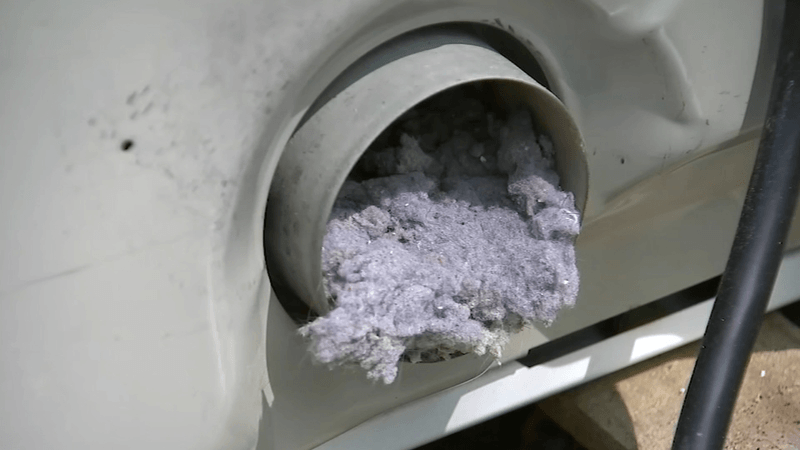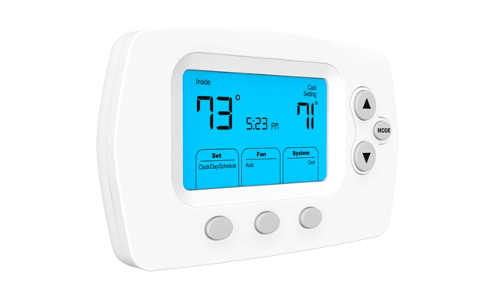The Difference Between a Good and Bad Install
- By 7064132288
- •
- 13 Nov, 2019
- •
When performing a HVAC system install there are a lot of very important factors that must be considered each time. Experience and knowledge of HVAC systems is highly viable when doing installs or service calls.
Understanding Combustion Safety
Carbon monoxide poisoning is every HVAC tech’s and family’s nightmare. That is why a complete understanding of how a combustion system works is essential to every technician. A bad tech will go straight to the heat exchanger and check for cracks and leaks in it when at a service call about a monoxide leak. When no cracks and leaks are found a lot of them assume it was a false alarm and not think twice. This is a HUGE mistake. A lot of the techs lack knowledge of backdrafts of combustion systems, nor do they test for it. If you're an HVAC contractor and not testing for flue gases and worst-case depressurization on these calls, you're leaving a potentially dangerous situation. A good service tech will always check these things and avoid the leaky situation all together.
Focusing on the Airflow of a System
The duct system of a unit is so essential, and this is where most technicians falter. It is essential because it is the pathway in which all of your airflow from the unit comes. A good tech will make sure that no leaks are detected in your duct system as well as, ensuring that your duct system is fully sealed to the unit. Sealing the ductwork is not the only important thing that pertains to ductwork. You also want your duct system to require the least amount of ducting as possible. Think about it like you’re walking down a football field, the best route to get across the field is forward, not in a zigzag motion. The more ductwork you have the less air efficiency you are reaching. (refer to the pictures below) A bad duct system will almost always result in completely replacing it all due to leaks and inefficient airflow.
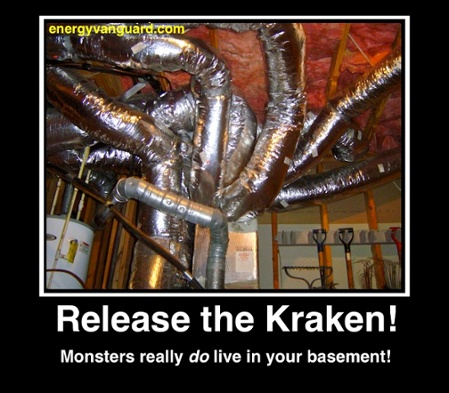

Ignoring Unit Performance and Efficiency
A good service tech can go into a customers home and spot poor insulation duct work and sealing. A good tech will share with the customer what they need to do in order to achieve maximum system efficiency. Think about it like this why replace the transmission on your car when your engine isn’t working. Same concept. If you replace a unit and you still have all these other issues in your system, you are shorting yourself of energy and system efficiency. A good tech will inform the customer of these issues and make more money for his company and for the customer by saving them on energy efficiency.
Forgetting About Ventilation
New homes are very tight in their ventilation, and building codes are more strict than ever before. A good tech will do blower door test to verify air tightness. Tight homes need mechanical ventilation, and all homes need spot ventilation in kitchens and bathrooms. A good tech knows the essentials of ventilation which include; positive pressure, negative pressure, and balanced. They will also make sure to measure the airflow in the system.
Math of a System
The knowledge of math in a system is important. Heat gain and heat loss calculations, air flow of the system, exhaust calculation outputs, these are some of the very important calculations that have to be made in your system. A good tech has the knowledge and tools in order to calculate these things. Ignorance of this knowledge is one of the biggest issues in the HVAC field. Because of this ignorance not all contractors are created equal keep that in mind.
Bottomline
Overall laziness and ignorance of a system, is the key difference between a good and bad tech. A good tech will always choose the most efficient path regardless of what it takes. They don’t take shortcuts and they don’t stop until the job is completed correctly.
Here at A-Plus Comfort LLC we don’t believe in shortcuts. We strive to bring you the most professional and efficient service possible. Curious about our work or pricing? Contact one of our techs today at (256) 585-2550.

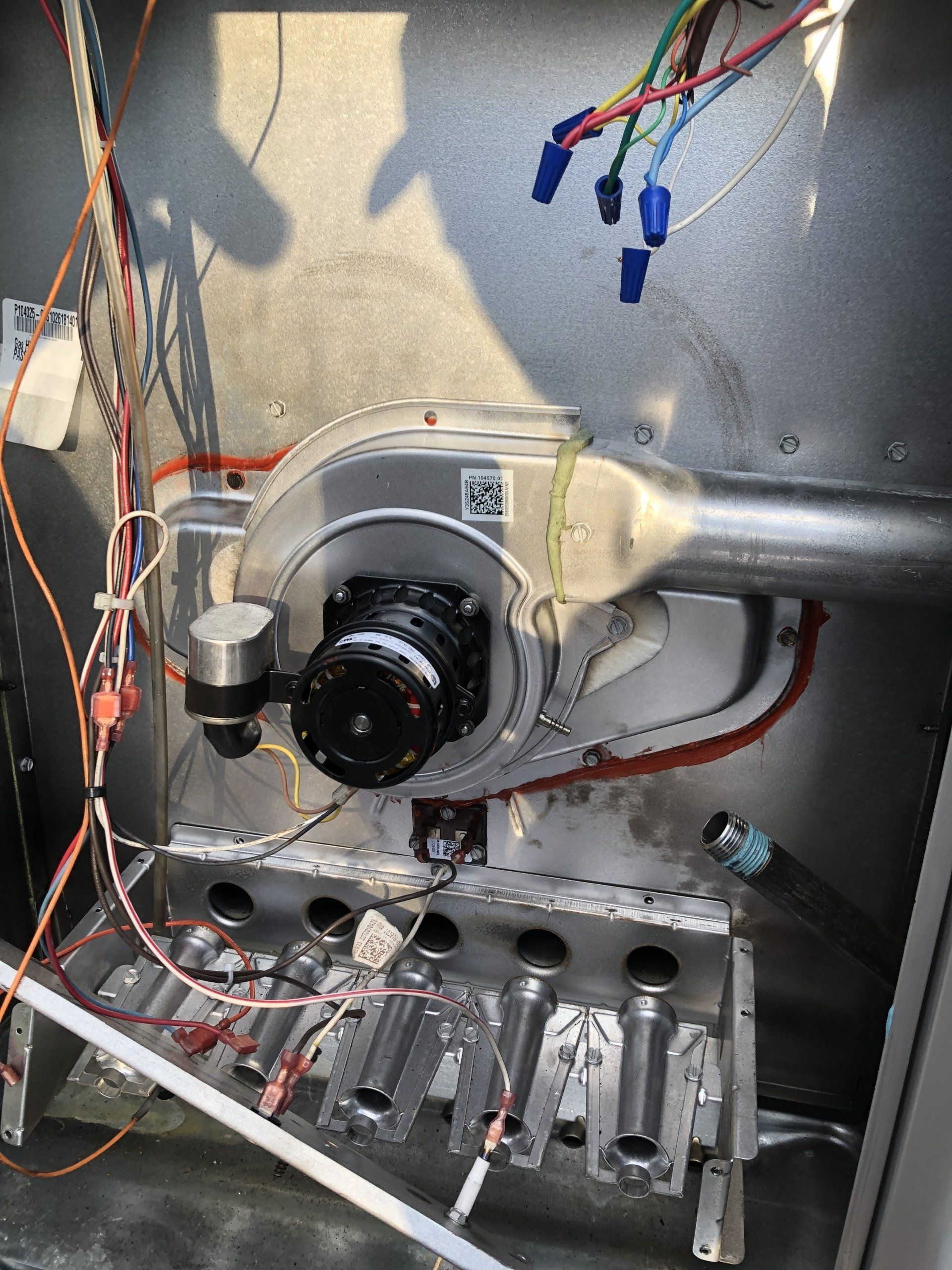
There are many different parts that keep your furnace operating smoothly and efficiently. Below we will be breaking down the individual parts of your furnace system. We are going to be focusing on gas powered furnace components and non-geothermal heating methods. We are not going to be focusing as much on furnaces such as space heaters, but a lot of the space heaters have the same parts. We want to focus today on furnaces that are directly tied into a HVAC system. The furnace components we will be discussing will most likely belong to your standard furnace that is tied into a duct system.

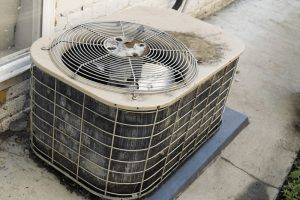
Furnaces typically have a life expectancy of 15-20 years on average. Heat pumps last 16 years on average. Air conditioning units generally last 16-20 years. Tankless water heaters have a life expectancy of 20 years while a gas or electric water heater have a life expectancy that’s half that. Even though the older units were significantly less energy efficient, they malfunctioned a lot less. In the older units there were much less parts that could malfunction and the system while low in efficiency was very straightforward. Due to the lack of moving parts the older systems could take a lot more abuse from the elements and much less maintenance. They were less susceptible to dirty filters, plant overgrowth on the outside of the condenser, dirty blower wheels, dirty coils, and oversized ductwork. The newer systems save you much more money relative to the old ones. The new units require more maintenance but have the potential to last just as long as the old units while simultaneously saving you way more money on energy efficiency.
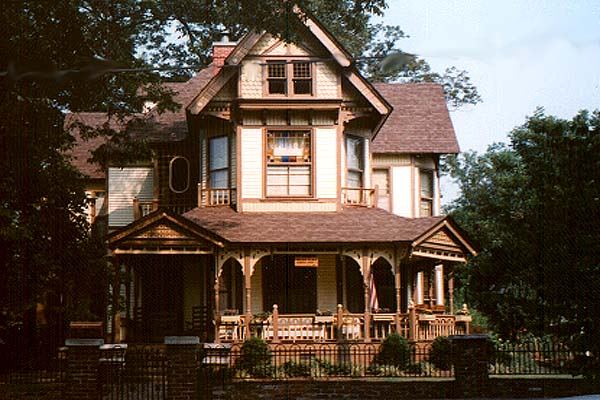
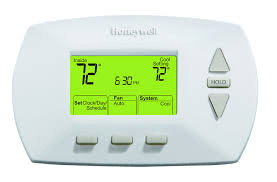
Convenience is the first reason we are going to discuss why a programmable thermostat is right for you the consumer. If you like your home at a certain temperature, a programmable thermostat can ensure that it stays in the temperature range you set for it. Not only that, you can program the thermostat to make your house reach a certain temperature before you arrive home in the afternoon and before you get up in the morning.
These settings are what differentiates between a normal and programmable thermostat. Because of these settings your thermostat will help you save lots of money by not running while you are away. It has been reported that the average consumer can save about 10-30% on their heating and cooling costs alone. Maximum energy saving settings are pre-programmed for your convenience. A programmable thermostat has precise temperature control with only one degree variations. Most programmable thermostats also tell you when it's time to change out the filter in your unit as well.
A programmable thermostat is compatible with almost all systems and is super easy to install. There are many programmable thermostats to choose from according to your lifestyle. For every consumer a programmable thermostat is a cost effective and smart option. If you have kids for example and the kids get home earlier than you, sure you could trust them with your thermostat, but with a programmable one you wouldn’t have to worry about that at all. Your home will be the exact temperature that you want it at when you arrive or leave your home. With the hustle and bustle of busy life who wants to worry about the thermostat. Go out and get a programmable thermostat today or call us.
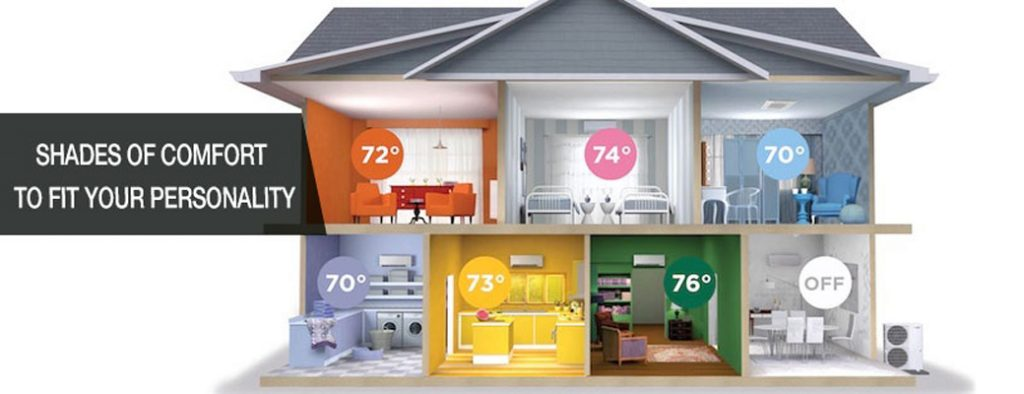
A zone control system splits your home into multiple zones. By doing this a zone system is increasing the efficiency of your system. Also each zone can be heated or cooled independently of the other zones. For example you may like your bedroom much cooler than your living room. A zoned system can ensure that is achieved.

A-Plus Comfort LLC, is a veteran owned and operated HVAC business. Collectively our technicians and staff have over 20 years of experience, and understand that you the consumer deserve the best quality service provided. Here at A-Plus Comfort LLC, our mission statement is ensuring customer satisfaction and comfort.

